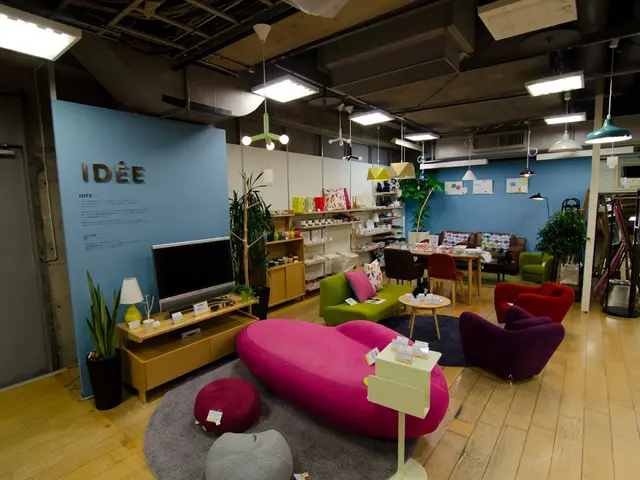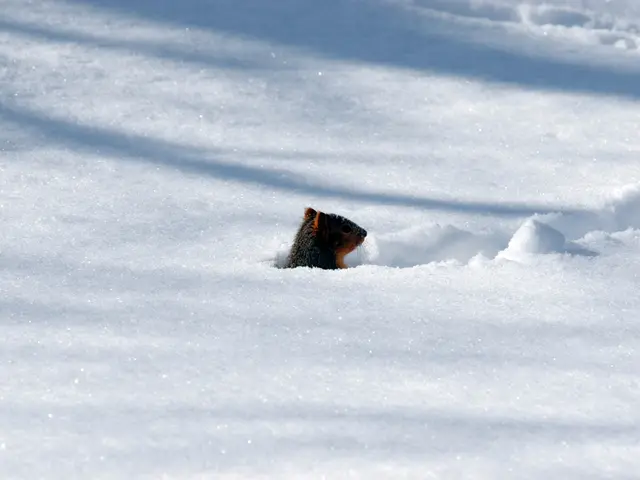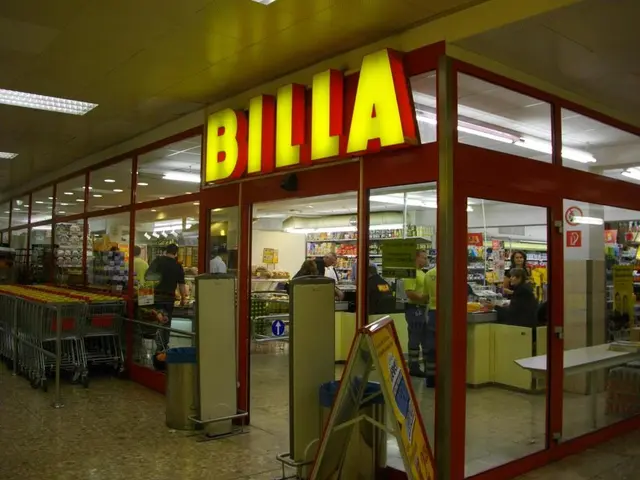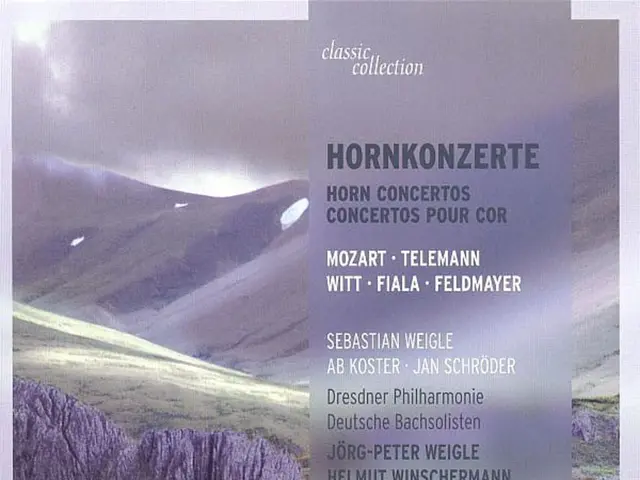Transforming Outdoor Spaces Through Contrast Techniques
Creating a Stunning Outdoor Space with Contrasting Materials
Transform your backyard into a visually appealing and functional outdoor haven by cleverly combining different materials, as demonstrated in various examples.
A common pitfall in outdoor design is treating each material as an isolated entity. However, by understanding how materials interact and complement each other, you can create a harmonious and engaging space.
Gravel paths, for instance, provide structure and direction, but when paired with grass borders, they create a delightful contrast between the dry, firm texture of gravel and the soft, lush texture of grass. Transitions between materials should feel natural, achieved through curved edges, blending materials, and incorporating plants to soften hard lines.
Randomly placing materials next to each other, such as gravel next to grass or a concrete patio next to a flower bed, is not effective in design. Instead, good transitions make all shifts feel intentional, connecting the whole backyard and making it feel cohesive.
Contrast keeps the eyes engaged in outdoor design. Soft meets hard, rough meets smooth, natural meets industrial – these contrasts create a dynamic and inviting environment. Custom platforms can help unify materials into one flowing space, while stepping stones or a wide timber platform can ease the change between low and raised materials.
Mixing different materials, such as mulch and steel edging, stone benches and planted cushions, gravel paths and grass borders, concrete slabs and raised planters, creates a layered, complete outdoor space. Blending materials is key to making them all part of the same space. Repeating the same material in a slightly different texture or finish can make different zones look more uniform.
To achieve a balanced and visually comfortable design, consider using neutral color palettes, mixing natural materials with smoother or manufactured finishes, combining warm tones with cooler materials, introducing graphic flooring patterns or wall cladding, and using premium materials with inherently contrasting textures. These strategies not only highlight individual materials but help define distinct areas and focal points in outdoor spaces, enhancing the overall design appeal.
Mulch, a low-maintenance material with environmental benefits, can help create a soft, earthy texture around plants and trees, but requires steel edging to maintain a defined shape.
By following these guidelines, you can create a stunning outdoor space that not only looks spectacular but also feels well-designed.
Embrace the transformation of your home-and-garden by delving into interior-design principles for the outdoors, as you harmonize and contrast various home-improvement materials to elevate your lifestyle. Mixing materials like mulch and steel edging, stone benches and planted cushions, gravel paths and grass borders, creates a layered home-improvement space, with careful transitions making all shifts feel intentional and connected, contributing to a cohesive home-and-garden design. Remember, contrast keeps your outdoor space engaging, with soft meets hard, rough meets smooth, and natural meets industrial, while repeating and blending materials helps define distinct areas and accentuate focal points, resulting in a visually appealing and functional outdoor lifestyle haven.







